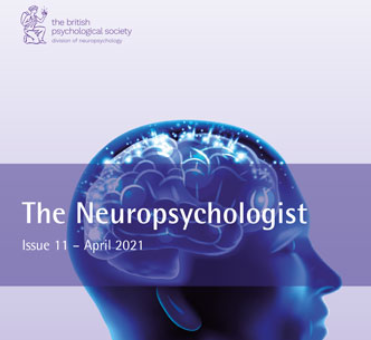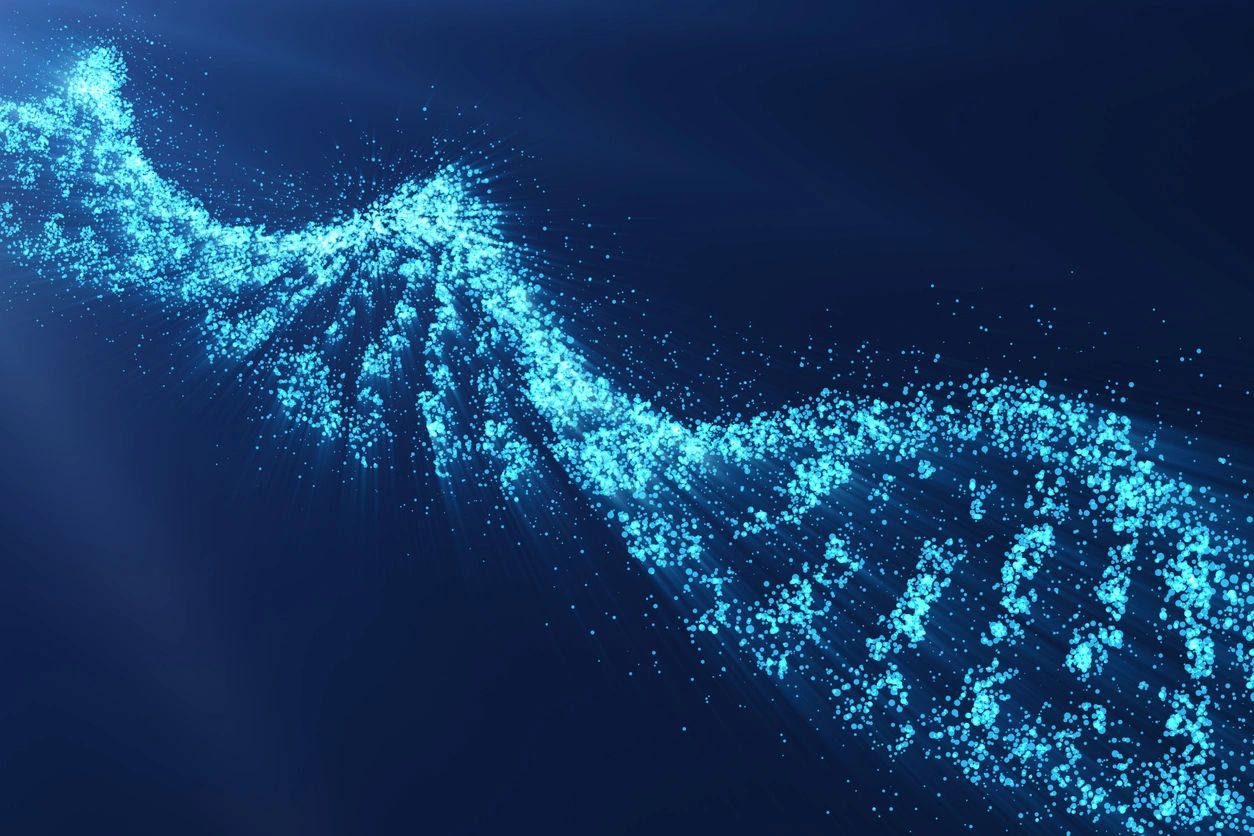#NPsychTeamResearch: The impact of Covid-19 and lockdown on the lives of people with TBI. Campbell & Parrett. The Neuropsychologist 11, 2021 via NPsych
NPsych Pick of the Month, April 2021: The impact of Covid-19 and lockdown on the lives of people with traumatic brain injury: Do we need an increased focus on the assessment and enhancement of resilience? Campbell and Parrett. NPsych. The Neuropsychologist, 11, 2021.











